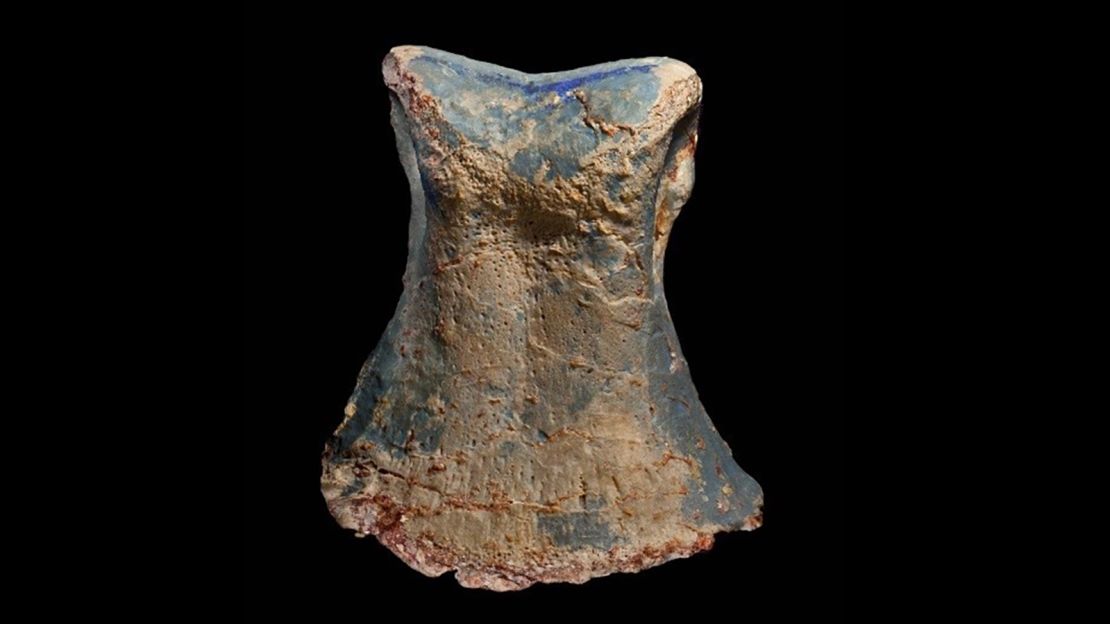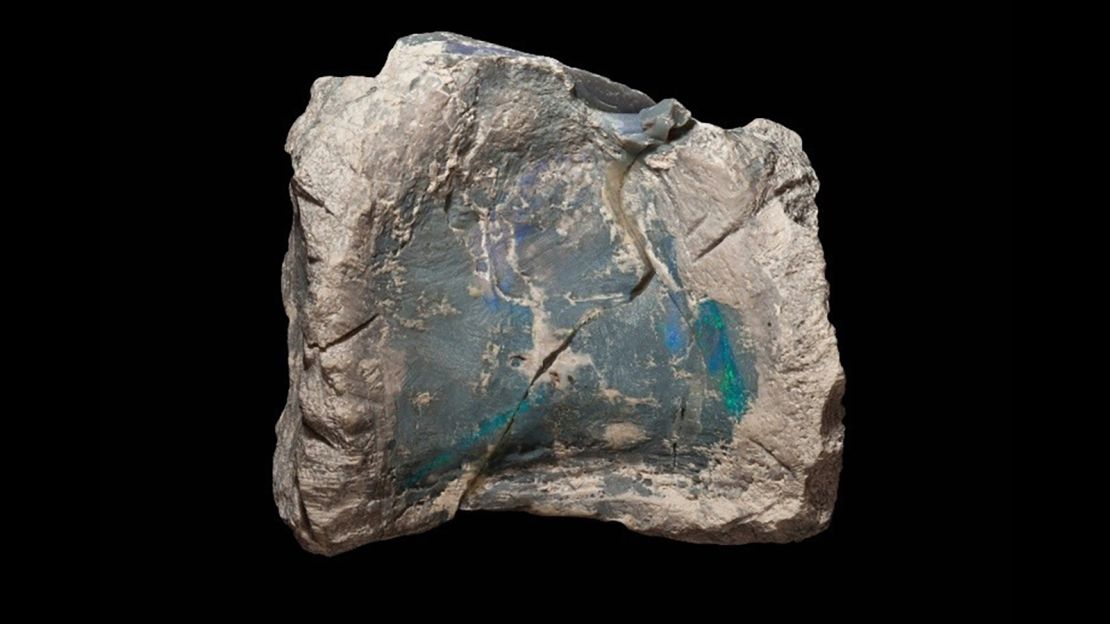A hunt for precious gemstones revealed the first fossil evidence of a dinosaur herd, including a previously undiscovered dinosaur species, in Australia. The new dinosaur fossil was found in an opal mine and has turned into the gem itself, making it the most complete opalized dinosaur skeleton in the world, according to a new study.
The fossils were first discovered in the 1980s by opal miner Bob Foster in the Sheepyard opal field. He took them in a duffle bag to the Australian Museum in Sydney and paleontologists that worked at the museum returned to the site to help him excavate. They uncovered more than 60 fossils in the mine.
They were displayed there for a few years before Foster brought them to the Australian Opal Centre. When the fossils were officially donated by his children to the center in 2015, the scientific research could finally begin.
University of New England, Armidale, Paleontologist Phil Bell realized the fossils must belong to a previously undiscovered dinosaur species. But as he and his colleagues looked at more of the fossils, they realized the bones belonged to more than one dinosaur.
“We initially assumed it was a single skeleton, but when I started looking at some of the bones, I realised that we had four scapulae (shoulder blades) all from different sized animals,” Bell said in a statement. “There are about 60 opalised bones from one adult dinosaur, including part of the braincase, and bones from at least another three animals.”

The new study detailing the fossils published Monday in the Journal of Vertebrate Paleontology.
The new species has been named Fostoria dhimbangunmal, the genus as a nod to Bob Foster’s discovery of the fossil, and the species name means “sheepyard” in the Yuwaalaraay language, once spoken by people indigenous to New South Wales.
Fostoria was an herbivore that stood on its hind legs and belonged to the same group of dinosaurs as iguanodons. The parts of four Fostoria skeletons were found and they include younger dinosaurs as well as larger adults that could have been 16 feet long. This led the researchers to believe they found a family of dinosaurs or at least a small herd.

“Fostoria has given us the most complete opalised dinosaur skeleton in the world. Partial skeletons of extinct swimming reptiles have been found at other Australian opal fields, but for opalised dinosaurs we generally have only a single bone or tooth, or in rare instances, a few bones,” said Jenni Brammall, study author, palaeontologist and special projects officer of the Australian Opal Centre. “To recover dozens of bones from the one skeleton is a first.”
Opal can be just about any color in the visible spectrum and most of the world’s opal is mined from the Australian outback, according to the Australian Opal Centre. The outback has the right geologic recipe for opal to form near the edges of an ancient inland sea. It’s also Australia’s national gemstone.
Opals form in rock cavities, so essentially when a bone is buried in sand or clay and turns into stone, opal creates a fossil replica of the bone.
There are about 15% to 20% of the bones present in the main Fostoria skeleton, which makes it one of the most complete fossils found in Australia. It’s also the 24th species found in Australia.
“The rate of discovery is astounding. On average, there’s at least one new dinosaur discovered around the world every week,” Bell said. “With more palaeontologists and scientists looking further afield than ever before, it’s an exciting time for dinosaur lovers everywhere, especially in Australia.”



































































































































































